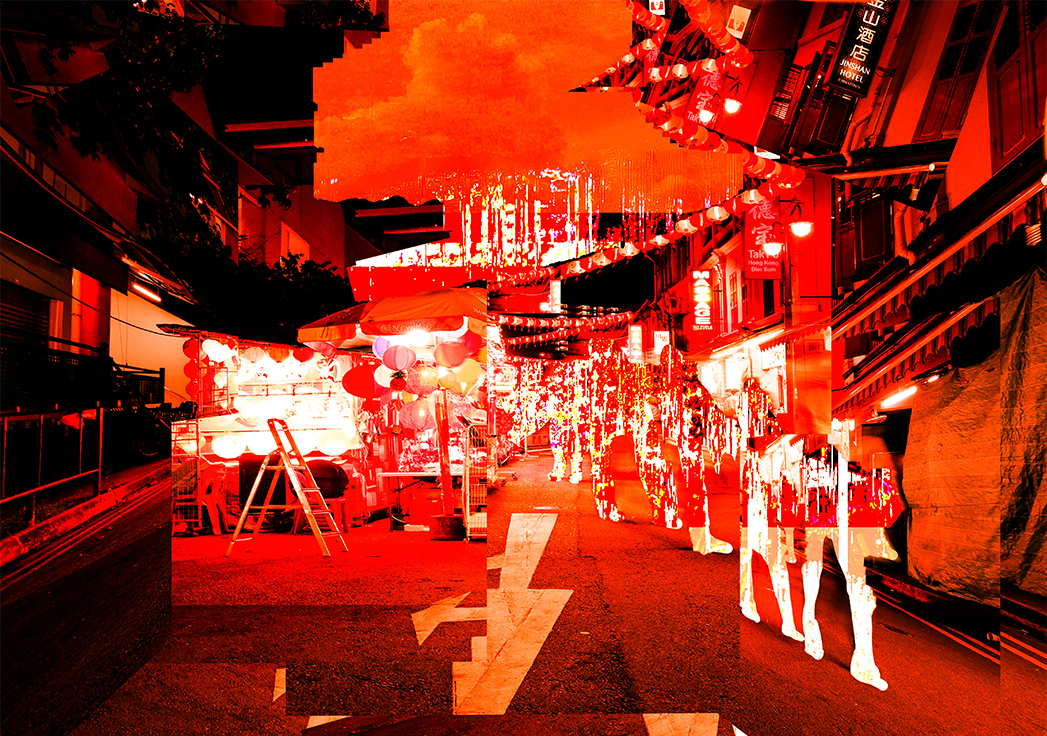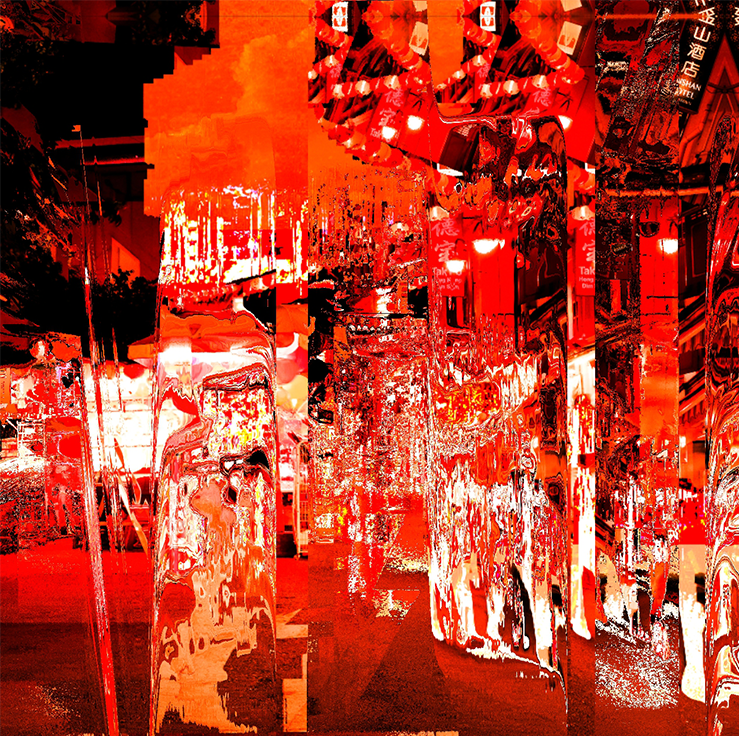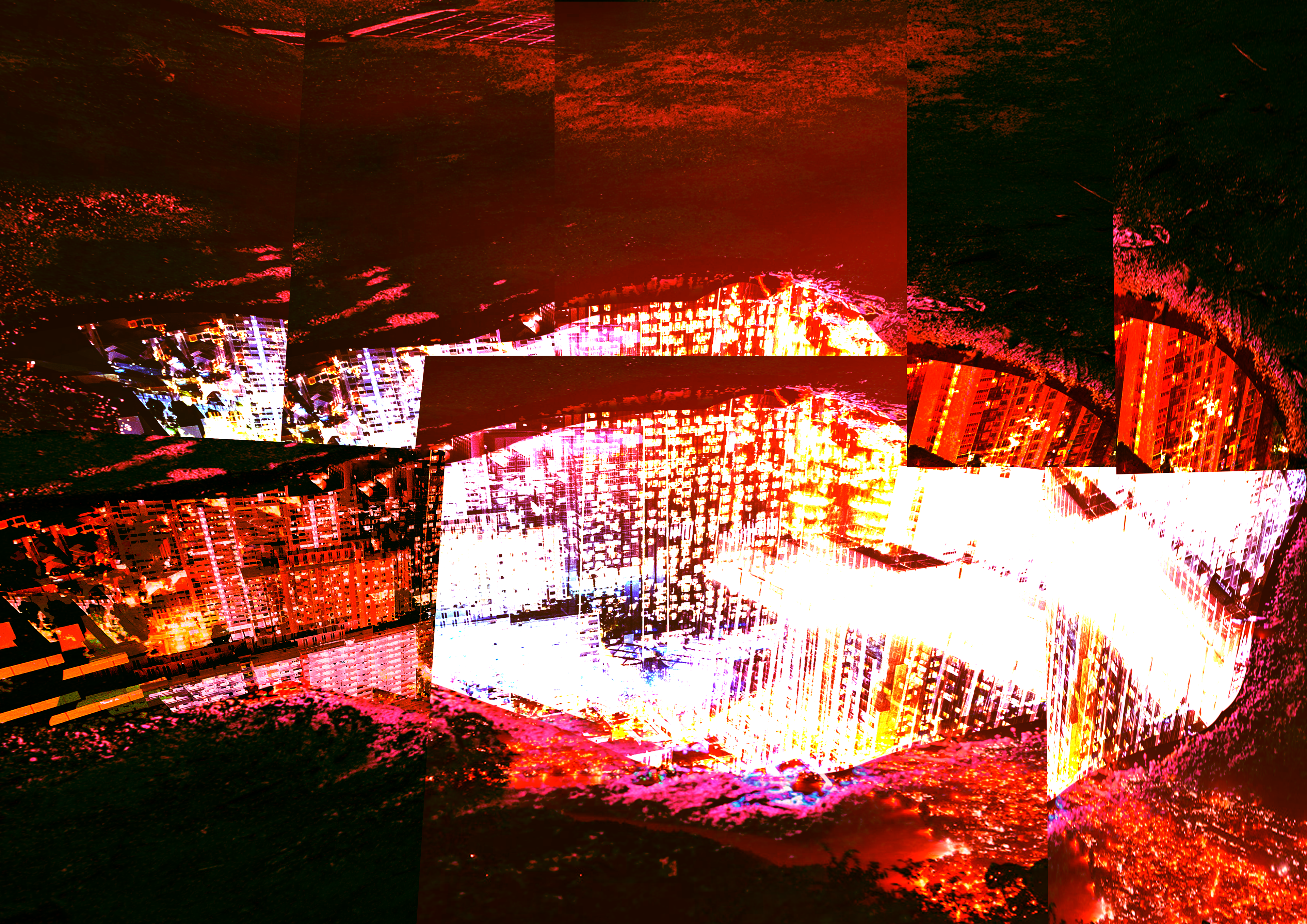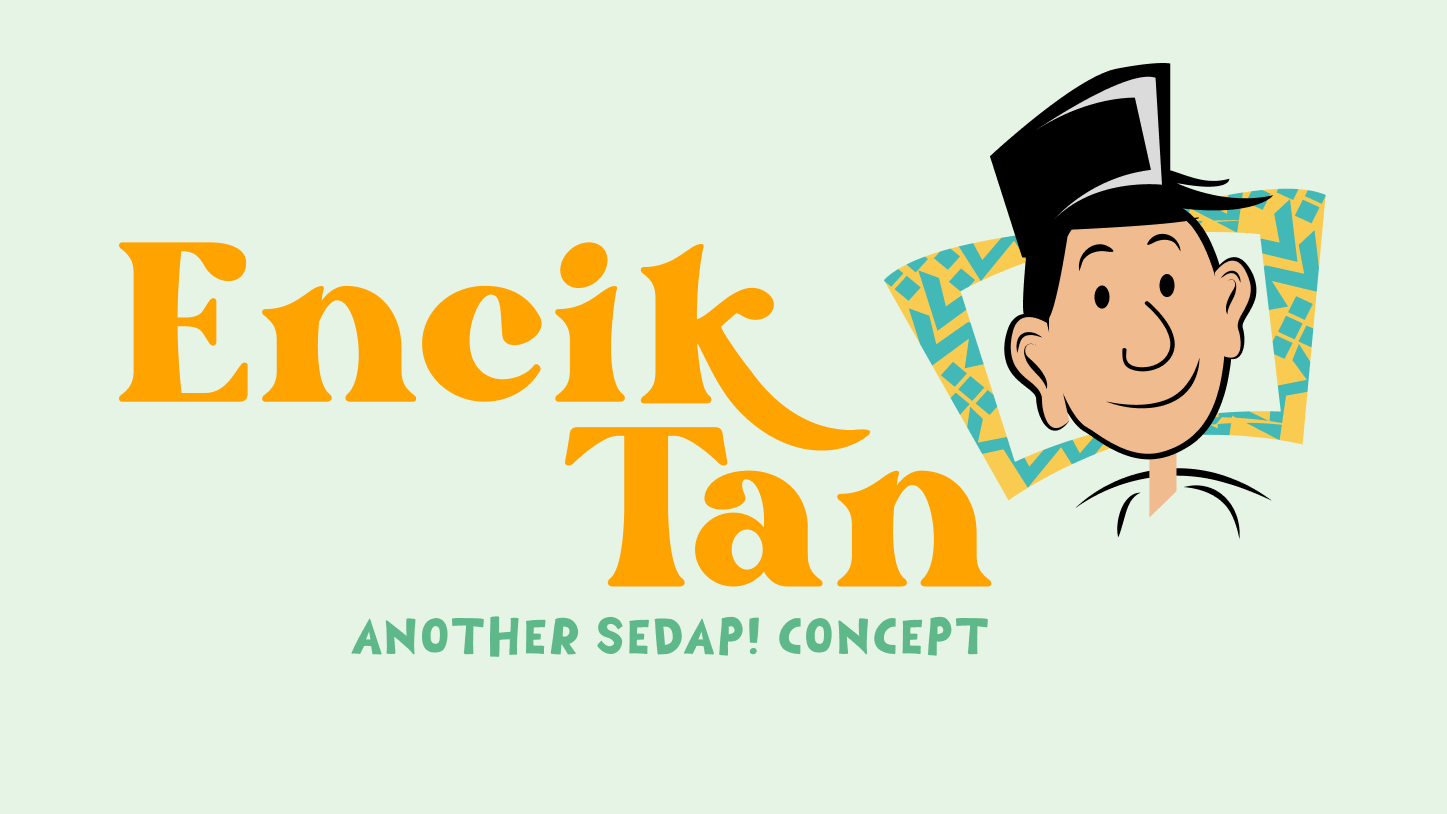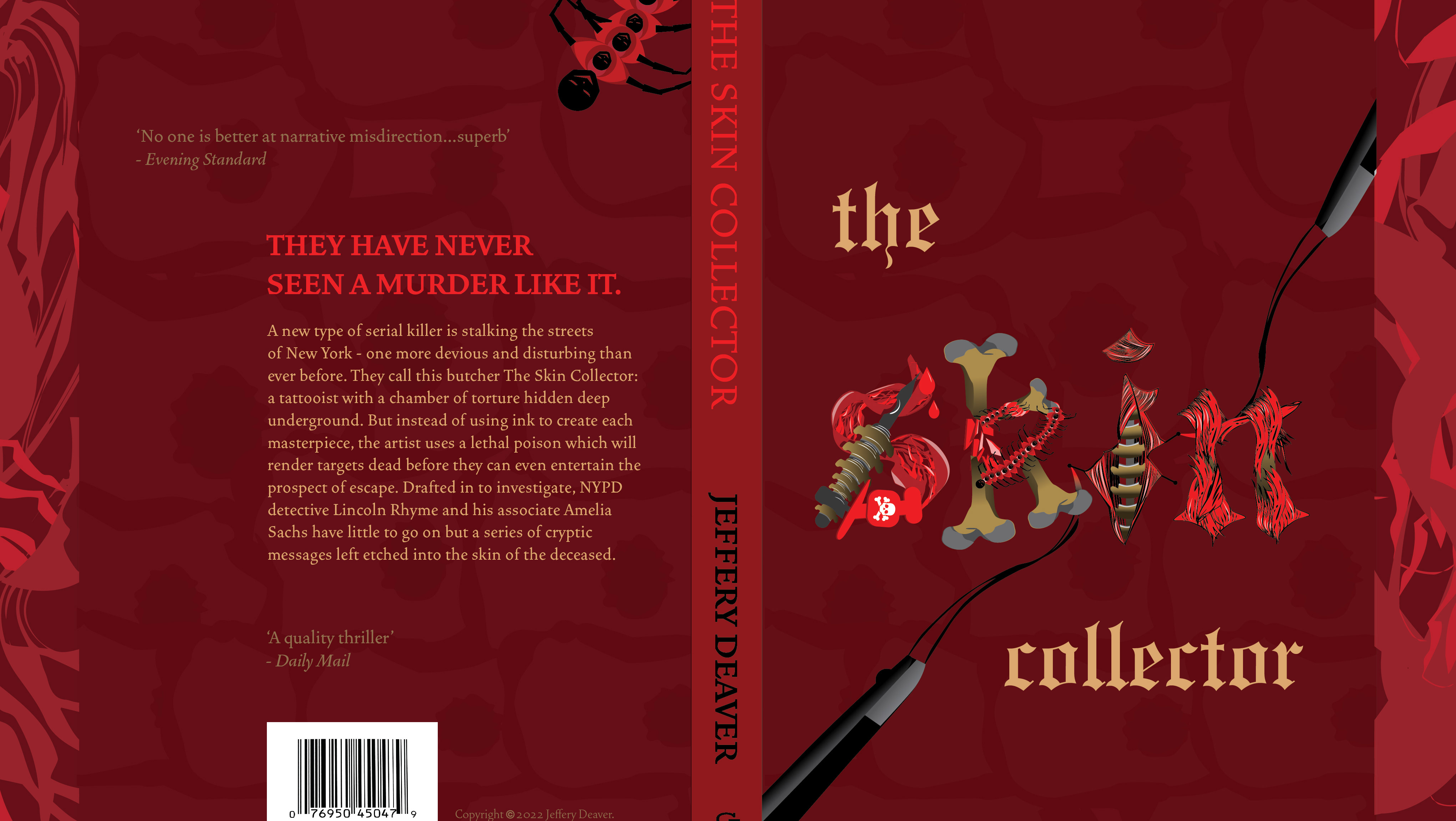Where the City Never Sleeps
Using Green Float Project as a context, attention is drawn to the issue of light pollution in Singapore. While light pollution may seem inconsequential to residents who can easily use blackout curtains, the implications become more significant with the expansion of the Green Float Project, introducing more HDBs, buildings, and entertainment options. The increased urban activity necessitates additional lighting for both tourist attraction and city safety. However, the repercussions extend beyond human convenience. Light pollution poses notable challenges for wildlife, migratory birds, and celestial events. "Where the City Never Sleeps," a project addressing light pollution, offers a speculative glimpse into a future where continuous illumination transforms the urban environment into a visual nightmare. The project underscores the need for foresighted urban planning, advocating for the incorporation of energy-efficient lighting in future building designs.
Find out more: https://wherethecityneversleeps.netlify.app/
-----------
Skills:
Website, Photo Editing, TouchDesigner
Process
This 4-week project falls under the course workshop titled "What absence reveals: Singapore as case study". Throughout the weeks, I conducted extensive research, delving into the undiscovered facets and intriguing facts about Singapore. As a Singaporean, lingering questions about the nation's future linger in my mind - "Would there still be enough houses for the younger generations?", "How is a small country attracting tourists?", "Why is Singapore so bright as compared to other countries? Is the brightness a reason to keep crimes at bay?", "Why are lights needed at corridor even during the day?". This curiousity prompted an exploration into Singapore's housing predictions, establishing a connection between the prevalent issue of light pollution and future housing projections.
Upon research, I found out that one of the future housing predictions includes building buildings on water - Green Float Project. The Green Float Project addresses housing challenges in Singapore by creating a sustainable floating community. It incorporates eco-friendly practices like rooftop gardens and solar panels, envisioning a vibrant water-based neighbourhood harmonising urban living with nature. The project offers housing solutions, job opportunities, entertainment, and an environmentally conscious lifestyle. With residential units on the top floor, businesses in the middle, and vegetation at the bottom, it forms a self-contained community, promoting proximity between homes and workplaces. Inspired by Gardens by the Bay, this innovative design is expected to attract tourism, boosting the local economy. Green Float aims to be more than just housing, becoming an attractive destination for residents and visitors alike.
The project uses a speculative approach, aiming to immerse users in a blog-like experience through a website, within the Green Float Project. Users navigate a narrative where a resident documents life in a remarkable building but expresses concern about the increasing brightness below their high-floor residence. This narrative underscores the importance of a forward-thinking urban planning, advocating for the integration of energy-efficient lighting in future-architectural designs.
